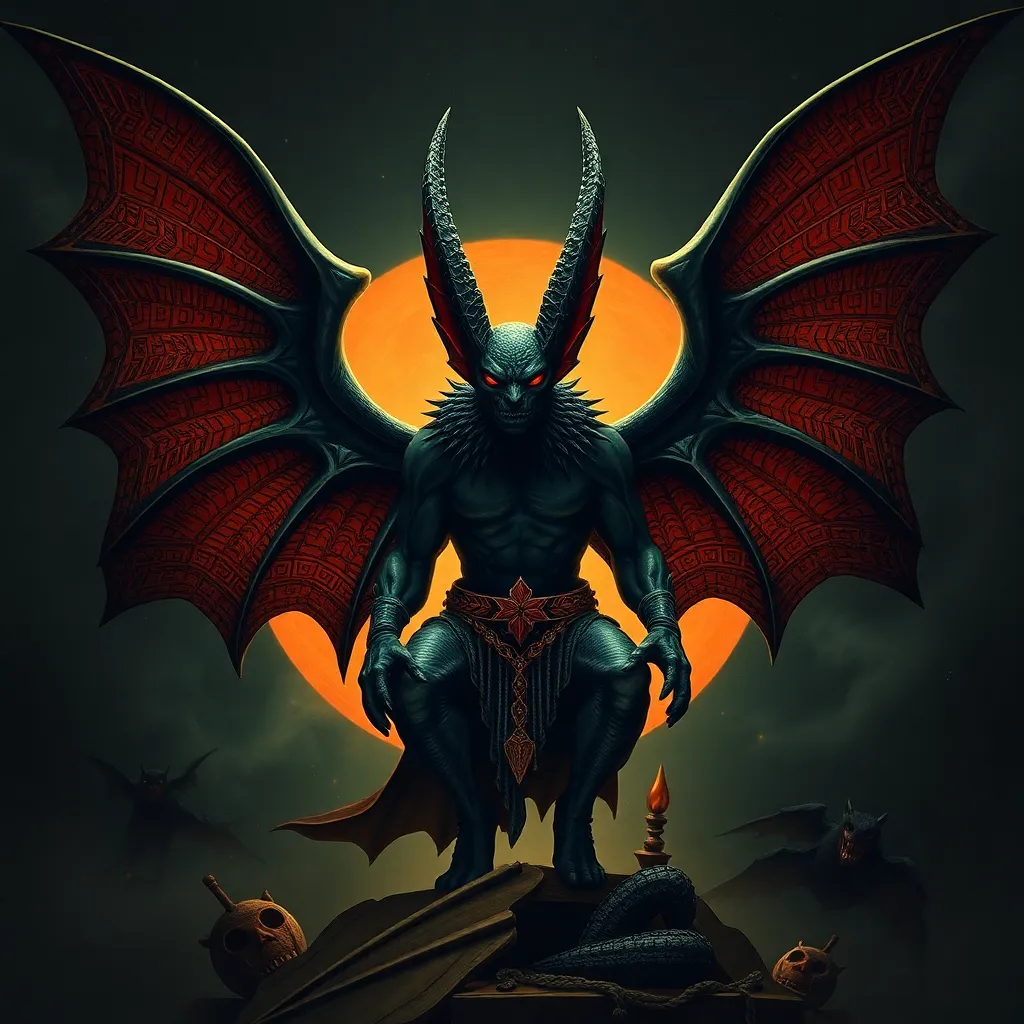The Mythological Horse of Hope: Exploring the Symbolic Significance of Pegasus as a Force of Resilience and Renewal
I. Introduction
In the rich tapestry of Greek mythology, few figures resonate as powerfully as Pegasus, the majestic winged horse. Born from the blood of Medusa, Pegasus embodies the themes of transformation and freedom. Throughout history, symbols like Pegasus have played a crucial role in cultural narratives, serving as metaphors for human experiences and aspirations.
This article aims to explore the symbolic significance of Pegasus, focusing on its representation as a force of resilience and renewal. By delving into its origins, cultural impact, and contemporary relevance, we can better understand how this mythological creature continues to inspire hope in our lives.
II. The Origins of Pegasus in Greek Mythology
Pegasus’s origins are as fascinating as the creature itself. According to myth, Pegasus was born from the blood of Medusa when she was slain by the hero Perseus. This lineage connects Pegasus to themes of both beauty and terror, as it emerged from a moment of violence and tragedy.
Key myths featuring Pegasus include:
- The story of Bellerophon, who tamed Pegasus and rode him to defeat the Chimera.
- The tale of how Pegasus created the spring Hippocrene on Mount Helicon, a source of inspiration for poets.
The cultural impact of Pegasus in ancient Greece was significant. As a symbol of poetic inspiration, Pegasus was often depicted in art and literature, representing the heights of creativity and the divine connection between mortals and the gods.
III. Pegasus as a Symbol of Resilience
The journey of Pegasus is one filled with challenges and triumphs. From its tumultuous birth to its legendary adventures, Pegasus exemplifies resilience. Each story highlights the importance of perseverance in the face of adversity.
Myths often represent Pegasus overcoming obstacles, such as:
- Defeating foes alongside Bellerophon, showcasing bravery and loyalty.
- Creating springs of inspiration, symbolizing renewal and creativity even after struggle.
In contemporary interpretations, Pegasus continues to embody resilience. Many see the winged horse as a metaphor for personal growth, encouraging individuals to rise above their challenges and soar to new heights.
IV. The Role of Pegasus in Artistic Expressions
Pegasus has inspired countless artistic expressions throughout history. In literature and poetry, Pegasus is often used as a symbol of inspiration and the divine spark of creativity. Poets have invoked the image of Pegasus to articulate the transformative power of art.
In visual arts, Pegasus has been depicted in various forms:
- Classical sculptures capturing its grace and power.
- Renaissance paintings that explore its mythological significance.
Modern adaptations in film and media have also kept the spirit of Pegasus alive, often portraying it as a creature of wonder and possibility, appealing to audiences’ imaginations and desires for freedom.
V. The Connection Between Pegasus and Hope
The symbolism of flight associated with Pegasus evokes feelings of freedom and transcendence. This concept allows individuals to envision themselves overcoming barriers and achieving their dreams. In times of adversity, the image of Pegasus can serve as a potent reminder of hope.
Pegasus inspires hope through its mythology by:
- Representing the possibility of liberation from struggles.
- Encouraging individuals to embrace their potential for growth and renewal.
The psychological impact of hope, as represented through Pegasus, can be profound. It reminds us that even in the darkest times, there is a path toward light and renewal.
VI. Pegasus in Different Cultures and Traditions
The winged horse is not unique to Greek mythology; similar creatures can be found in various global myths. For example:
- The Hindu god Vishnu rides Garuda, a bird-like creature representing speed and martial prowess.
- In Persian mythology, the horse of the sun, represented in various tales, symbolizes divine power and grace.
This comparative analysis showcases the universal themes of resilience and renewal that Pegasus embodies. Across cultures, the archetype of the winged horse transcends boundaries, symbolizing hope and the human spirit’s capacity to rise above challenges.
VII. Lessons from Pegasus in Contemporary Life
In our fast-paced modern society, the symbolism of Pegasus offers valuable lessons for personal growth. By embracing the spirit of Pegasus, individuals can learn to navigate their challenges with resilience and hope.
Case studies of individuals embodying the spirit of Pegasus include:
- Artists who have used their creativity to overcome personal struggles, drawing inspiration from the myth.
- Activists who have persevered in the face of adversity, symbolizing the fight for justice and freedom.
Building resilience and hope in modern society requires us to draw inspiration from figures like Pegasus, reminding us that we too can rise, soar, and create change against all odds.
VIII. Conclusion
In conclusion, Pegasus stands as a powerful symbol of hope and resilience. Its significance in mythology and art highlights the enduring legacy of this magnificent creature. As we navigate our lives, embracing the spirit of Pegasus can inspire us to persevere through challenges and seek renewal.
The legacy of Pegasus continues to resonate in modern culture, reminding us that, like this mythological horse, we have the potential to rise above our circumstances and inspire others to do the same. Let us carry the spirit of Pegasus with us, fostering hope and resilience in our journeys.



